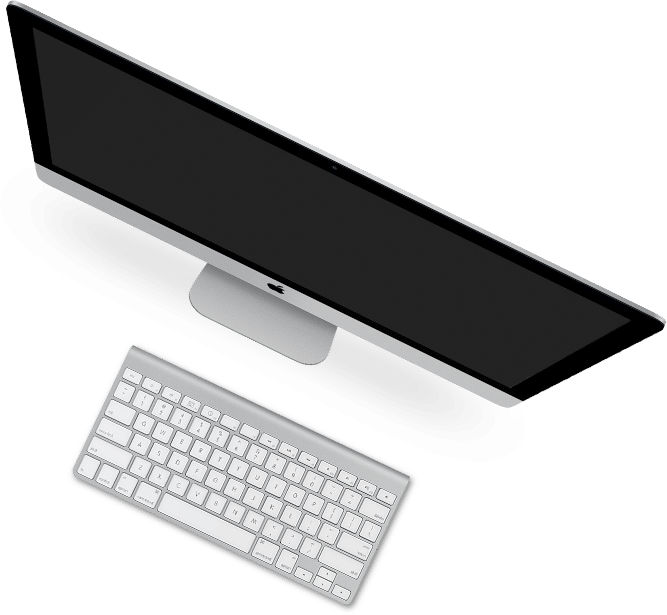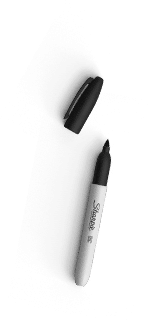This is part 2 of a 3 part series about reading the room to improve your presentation skills. If you missed part 1, it’s available here: Read the Room: Part 1 Before the Presentation
PART 2: During Your Presentation
All the preparation that you did before your presentation sets you up to deliver a fantastic presentation. Now it’s time to focus on the big event. These three strategies to read the room can be done in any setting—in an office, boardroom, or auditorium.
1. Look at audience and make a connection.
If you are delivering your presentation to the ceiling, the floor, the monitor, or the screen, you will never know what is going on with your audience. Plus, making eye contact with your audience makes you seem more knowledgeable, confident, and competent.
2. Scan for nonverbal messages from your audience.
Since you are making eye contact, you can gather a lot of information from your audience based on what they are doing (or not doing) while you talk. This is a little tricky, because the manifestation of attitudes (both good and bad) can be quite different in different people. However, learn to recognize the typical differences between bored/ engaged and confused/excited.
| Bored | Engaged | Confused | Excited | |
| Eye Contact | Staring off into space | Looking between speaker and visuals | Looking down or away from the speaker Could be studying the visuals | Looking between speakers, visuals, and possibly other members of the audience |
| Attention | Focused on other things—phone, the window, other material, the clock, the pattern on the carpet, other people in the audience | Fully focused on the speaker | Trying to be focused on speaker, but looking to notes or other people for more information | Focused on speaker but distracted because thinking about own ideas/connections |
| Body Language | Slumped over, fidgeting* | Good posture, leaning forward, nodding in agreement | Shrinking inward, making body smaller, | Sitting at attention, fidgeting* |
| Facial Expression | Eye rolling, smirk | Smiling, open expression | Furrowed brows, tight lips, frown | Animated expression, wide eyes, smiling |
*Note some of the outward signs overlap. Bored fidgeting may mean picking at fingernails or twirling a pen. Excited fidgeting may mean moving in the seat or tapping feet.
Of course you could encounter many other attitudes (aggressive, disagreeable, distracted, supportive, neutral,…), but being aware of some of the red flags will improve your ability to read the room. Specifically, you can look for smiles, body language, fidgeting—but don’t get bogged down with trying to assess what every single person is thinking. Keep things in perspective: although what you are doing (giving a presentation) is probably the biggest thing in your day, your presentation is just one more thing in the lives of your audience. So, remember that while monitoring the room for eye contact, attention, body language, and facial expressions is important, it shouldn’t consume you.
3. Adjust as necessary.
If you have practiced and you are comfortable with the content you want to cover, it is easier to make any necessary changes based on your audience.
Some suggestions:
If people are bored, consider skipping some of the detail.
If people are engaged, keep doing what you are doing and monitor for any change in attitude.
If people are confused, give time for them to ask questions, clarify the main point, check for understanding.
If people are excited, help them focus that energy on what to do next.
Adjusting for your audience is where being able to read the room will pay off the most. Participants who were bored at the start may leave the presentation with a more positive attitude, because you were able to identify the issue and skip ahead to information that was more important to them.
Next up, Part 3: After the Presentation




























